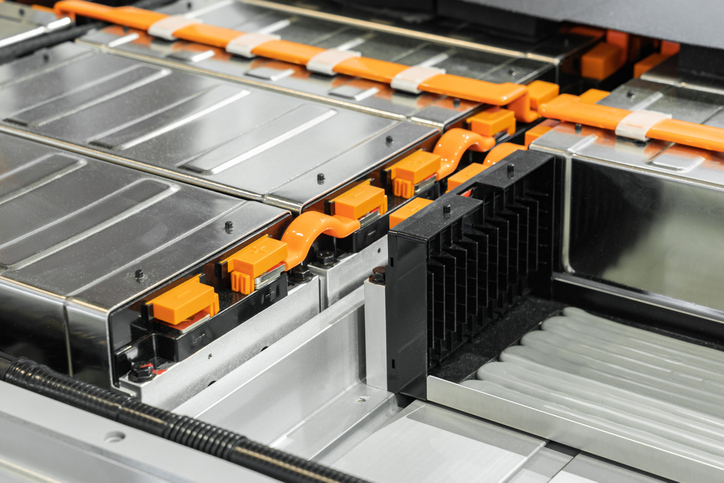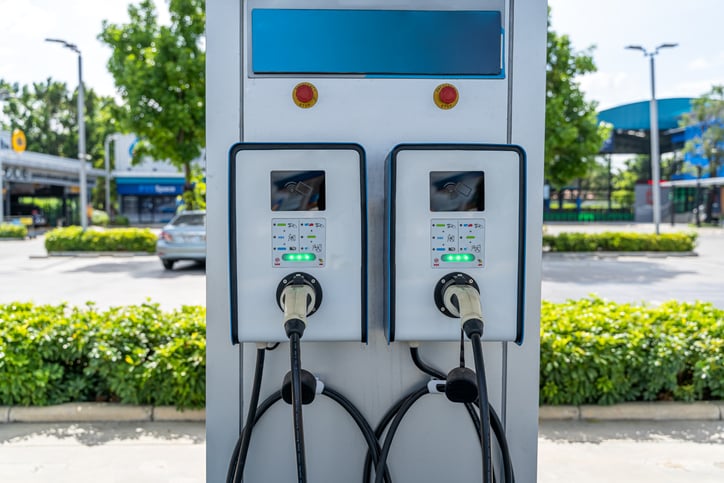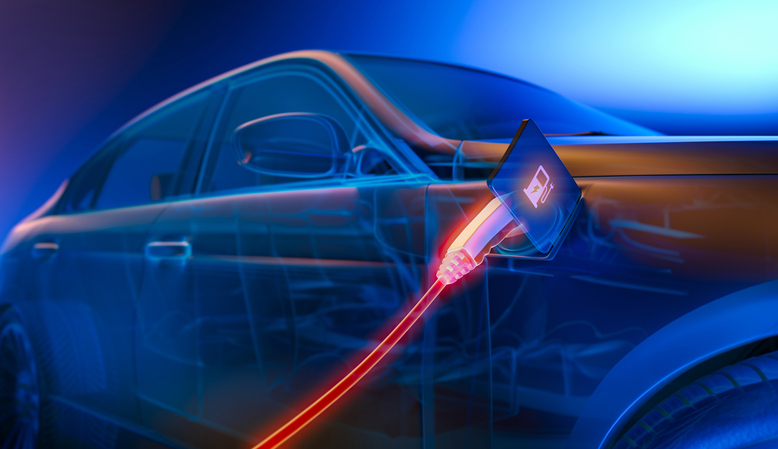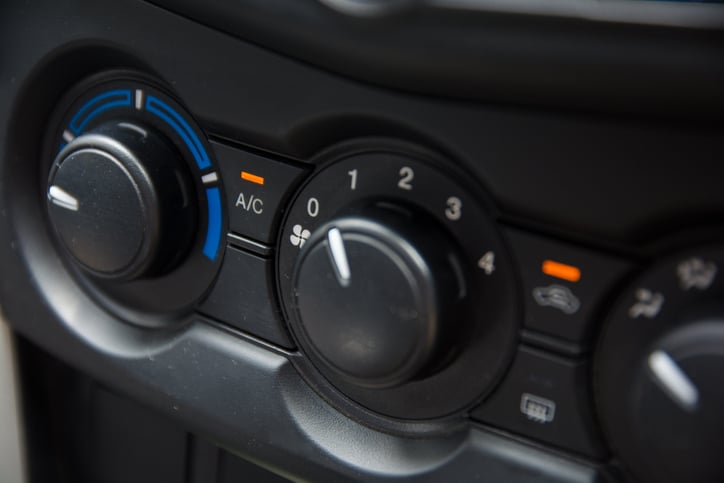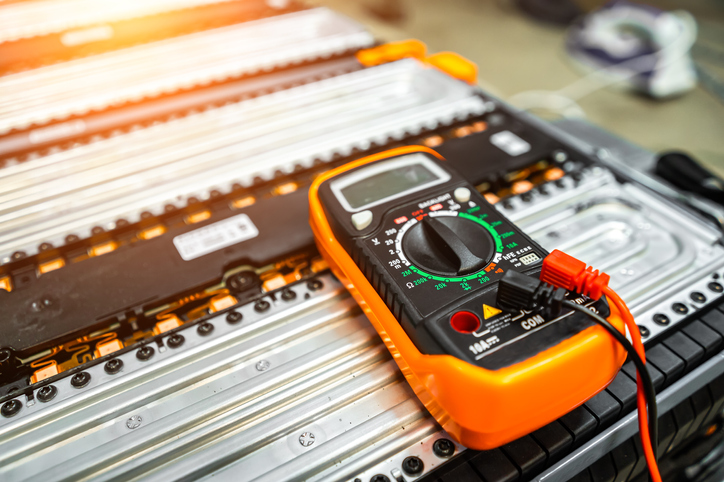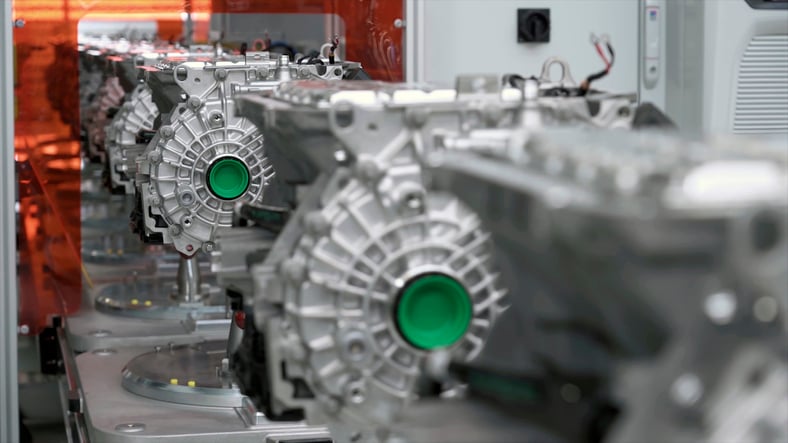In a typical household, heating, ventilation, and air conditioning (HVAC) costs are among the biggest contributors to monthly electricity bills. Residential and industrial HVAC systems require significant power to maintain a comfortable indoor environment, operating almost continuously year-round.
The same principles apply to EV HVAC system design. While an EV’s cabin is much smaller than a home, maintaining a comfortable temperature — especially in extreme climates — still demands substantial energy. Any loss of heated or cooled air forces the system to work harder, increasing energy consumption.



